Category: Cosmology
-

What the Muon g-2 results mean for how we understand the universe
Experiment opens up field for new physics, say Fermilab, UChicago scientistsThe news that muons have a little extra wiggle in their step sent word buzzing around the world this spring. The Muon g-2 experiment hosted at Fermi National Accelerator Laboratory announced April 7 that they had measured a particle called a muon behaving slightly differently…
-
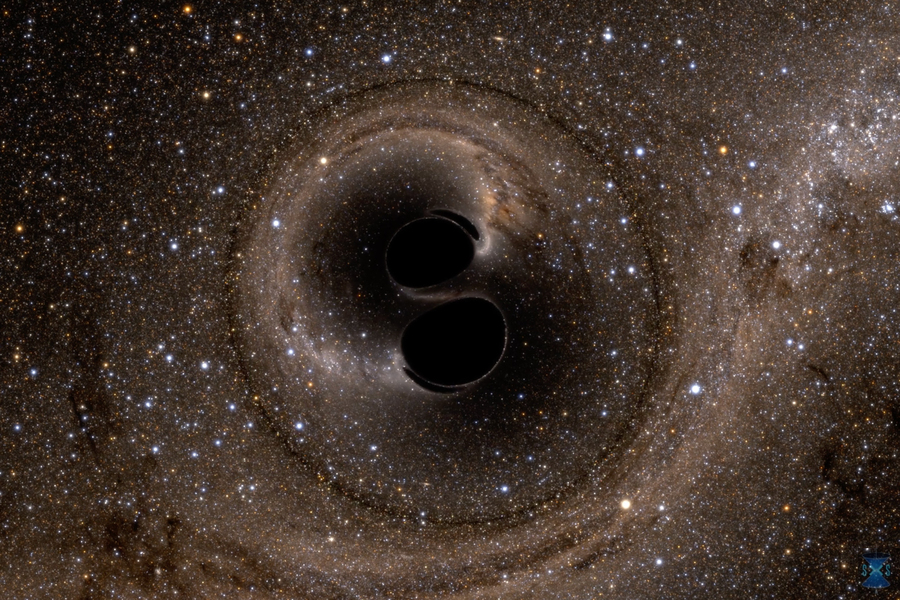
Physicists observationally confirm Hawking’s black hole theorem for the first time
There are certain rules that even the most extreme objects in the universe must obey. A central law for black holes predicts that the area of their event horizons — the boundary beyond which nothing can ever escape — should never shrink. This law is Hawking’s area theorem, named after physicist Stephen Hawking, who derived…
-

The Milky Way’s Double Bubble
The Milky Way’s Double Bubble When it comes to blowing bubbles, never go toe-to-toe with a galaxy. Ten years ago, astronomers were astonished to discover large bubble-like structures emerging from the heart of our Galaxy. More impressive than any bubble you might have blown as a child, these balls of plasma span thousands of light-years and are…
-
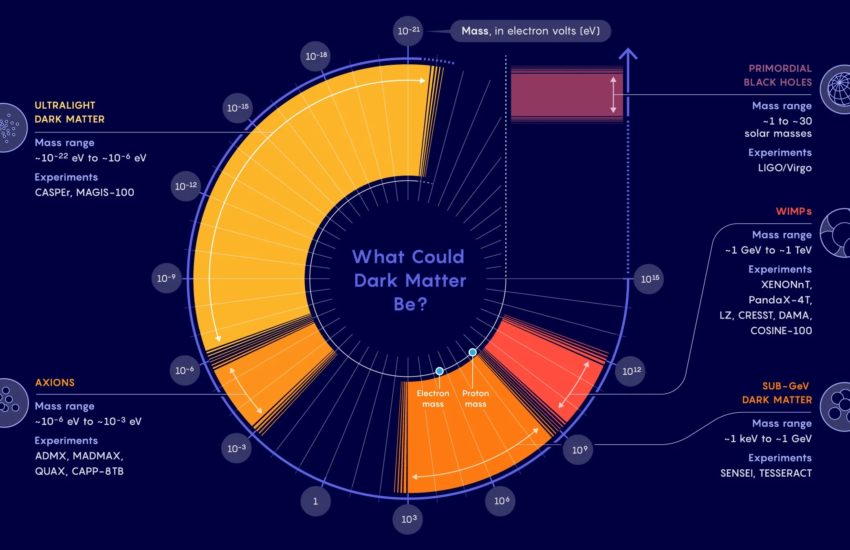
The Search for Dark Matter Is Dramatically Expanding
The Search for Dark Matter Is Dramatically Expanding The Search for Dark Matter Is Dramatically Expanding Physicists are checking whether dark matter tickles different types of detectors, nudges starlight, warms planetary cores, or even lodges in rocks. EVER SINCE ASTRONOMERS reached a consensus in the 1980s that most of the mass in the universe is invisible—that…
-
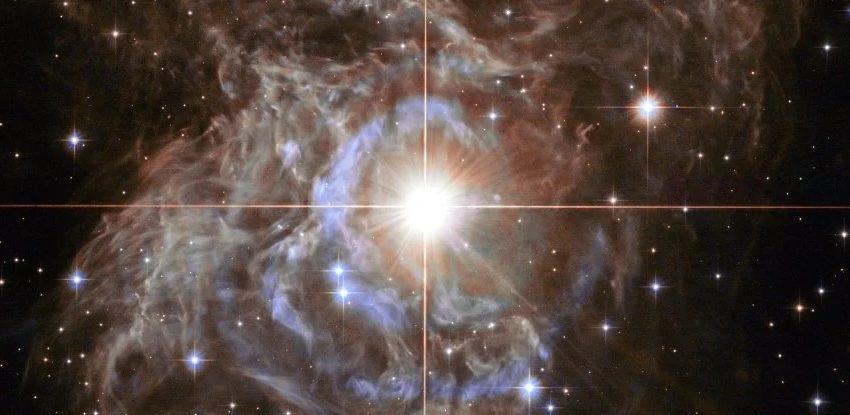
This Is The Most Exciting Crisis in Cosmology
For as long as there has been a Universe, space has been expanding. It winked into existence roughly 13.8 billion years ago, and has been puffing up ever since, like a giant cosmic balloon. Source: www.sciencealert.com/we-can-t-figure-out-how-fast-the-universe-is-expanding-here-s-why/
-

Scientists Discover Mysterious Spiral Structures around a “Planet Factory”
CfA Scientists Discover Mysterious Spiral Structures around a “Planet Factory” Scientists at the Center for Astrophysics | Harvard & Smithsonian (CfA) announced today the discovery of a complex set of spiral arms extending to 1000 astronomical units from the young variable star, RU Lup. Source: www.cfa.harvard.edu/news/2020-16
-

“Stellar archaeology” reveals remnant of ancient globular cluster that’s “the last of its kind”
“Stellar archaeology” reveals remnant of ancient globular cluster that’s “the last of its kind” A team of astronomers including Carnegie’s Ting Li and Alexander Ji discovered a stellar stream composed of the remnants of an ancient globular cluster that was torn apart by the Milky Way’s gravity 2 billion years ago, when Earth’s…
-
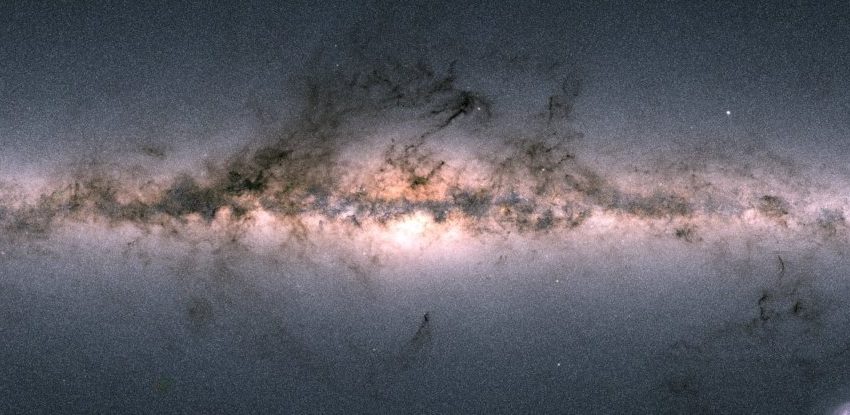
Stream of local stars formed in another galaxy is evidence of The Milky Way’s violent history
A Vast Stream of Flowing Stars Is Evidence of The Milky Way’s Violent History Using data from the Gaia Milky Way mapping survey, astronomers have discovered a vast stream of stars that they believe are the remnants of a massive dwarf galaxy that got dragged into the galactic disc before being torn apart.…
-
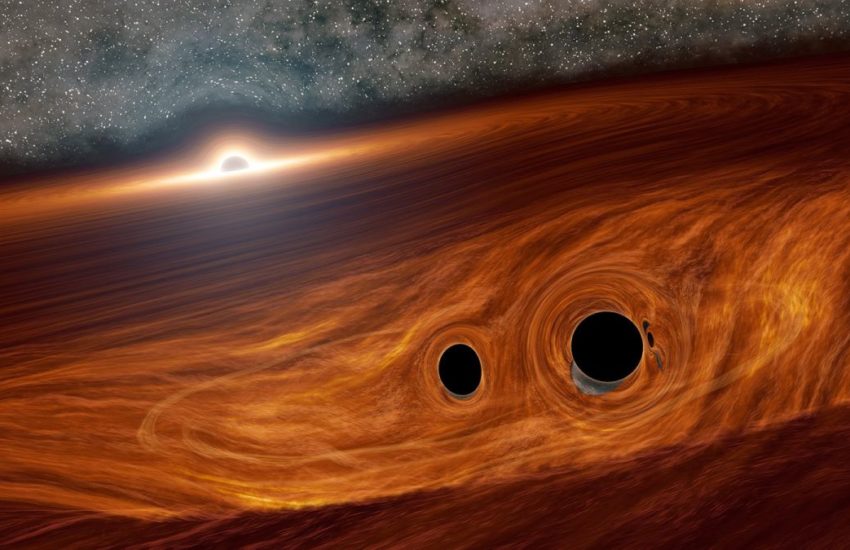
Scientists spot flash of light from colliding black holes. But how?
Scientists spot flash of light from colliding black holes. But how? Scientists think they identified two black holes merging that produced a burst of light. Black holes aren’t supposed to make flashes of light. It’s right there in the name: black holes. Even when they slam into each, the massive objects are supposed to be…
-

Did Galaxies Grow from Quantum Static?
Did Galaxies Grow from Quantum Static? A new test could determine whether large-scale cosmic structures have microscopic origins Did Galaxies Grow from Quantum Static? Quantum fluctuations in the early universe may have seeded the formation of large cosmic structures, such as this galaxy cluster. Credit: NASA, ESA, Hubble and RELICS Some 13.8 billion…
-
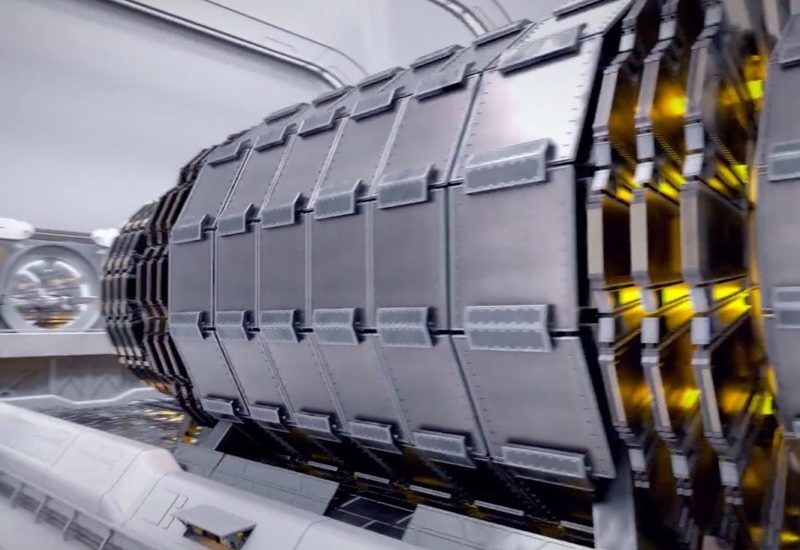
CERN makes bold push to build €21-billion super-collider
CERN makes bold push to build €21-billion super-collider European particle-physics lab will pursue a 100-kilometre machine to uncover the Higgs boson’s secrets — but it doesn’t yet have the funds! The decision was unanimously endorsed by the CERN Council on 19 June, following the plan’s approval by an independent panel in March. Europe’s…
-

eROSITA X-Ray Telescope Captures Hot, Energetic Universe
eROSITA X-Ray Telescope Captures Hot, Energetic Universe | Astronomy | Sci-News.com A new all-sky image from the eROSITA X-ray telescope onboard the Spectrum-Roentgen-Gamma (SRG) space observatory contains over one million objects, about half of which are new to astronomers. It shows the structure of hot gas in the Milky Way itself, and the…
-

“A Darker, Deeper Cosmos” –Looking Beyond the Standard Model
“A Darker, Deeper Cosmos” –Looking Beyond the Standard Model | The Daily Galaxy Could dark matter particles the size of galaxies exist, or a anti-gravitational force field we call “dark energy” that might be getting stronger and denser, leading to a future in which atoms are ripped apart and time ends? “Our cosmology…
-
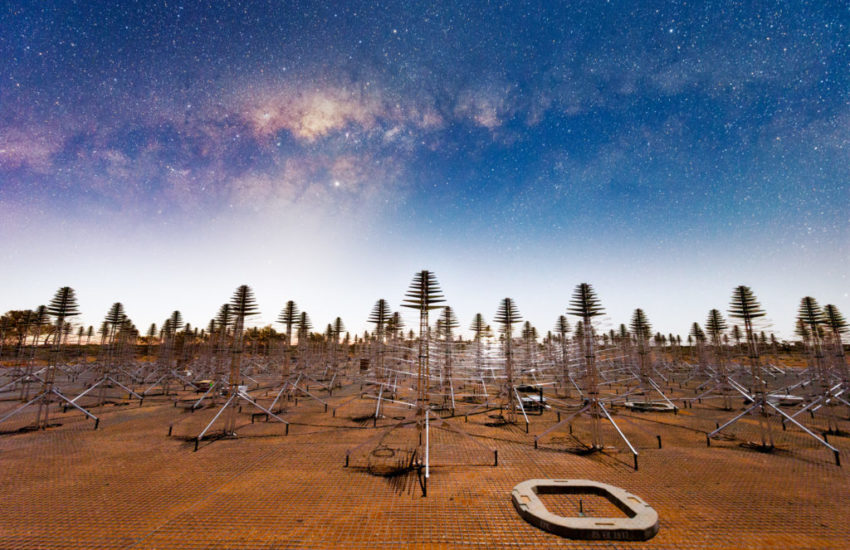
Preparations complete in Western Australia for construction of world’s largest telescope – ICRAR
Preparations complete in Western Australia for construction of world’s largest telescope – ICRAR Following seven years of design and prototyping work, the Curtin University node of ICRAR has completed its preparations for the construction of the Square Kilometre Array (SKA) in Western Australia. Source: www.icrar.org/ready-set-skalow/